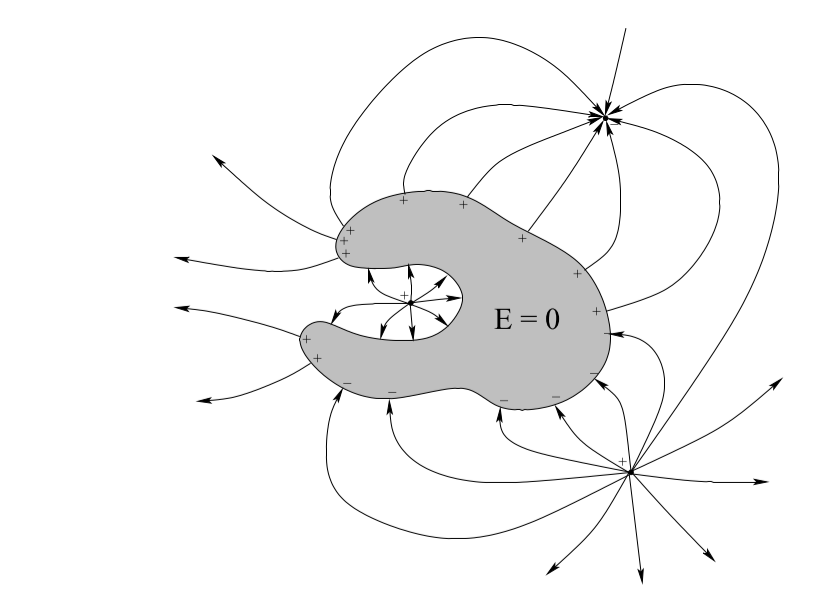Why would potential not drop, from the point differentially away from the positive terminal on the battery, to the point I have labeled. I understand that charges lose energy in resistors due to inter lattice collisions, where the acceleration generated due to thermal motion and voltage bias is translated from kinetic energy to heat energy. Before the resistor the resistance is neglible so the drift velocity will be high, and collsions will be minimal. Even so as the charges move from the positve terminal the Electric field will be strong and we will be losing the potential energy as we travel in the direction of the field. With this so why dosent potential drop as we move in the direction of the field? Is the energy associated with the charge essentially translated from potential to kinetic energy, where very little of this kinetic energy is translated to heat energy, and we assume the total potential is associated with the total energy the charge has at this point (KE + PE)?
Please address the question above. Further discussions will be encouraged though!
I am really looking for an answer to my question. It would be much appreciated if we address the core question I asking instead of side discussions!



